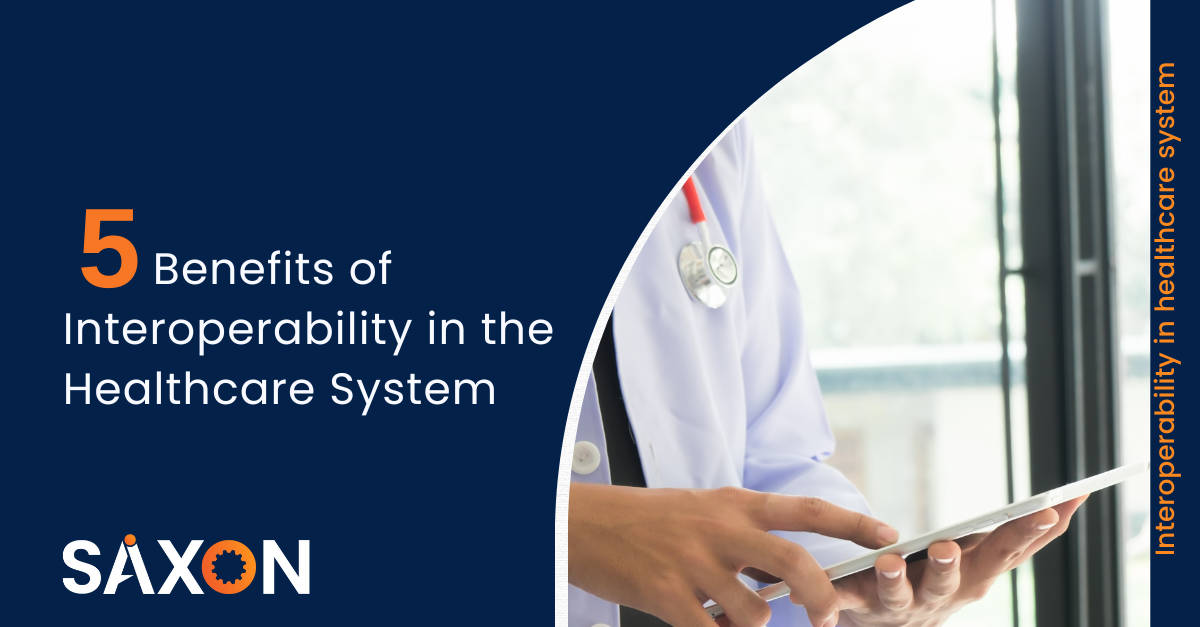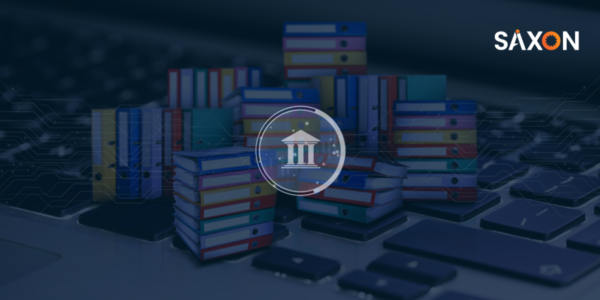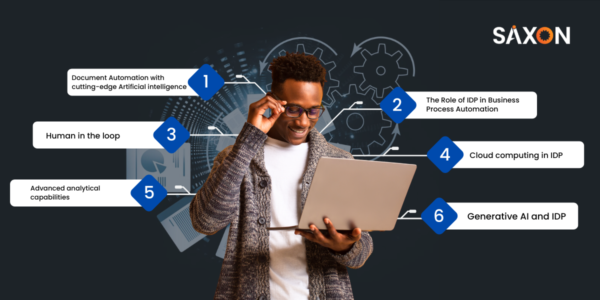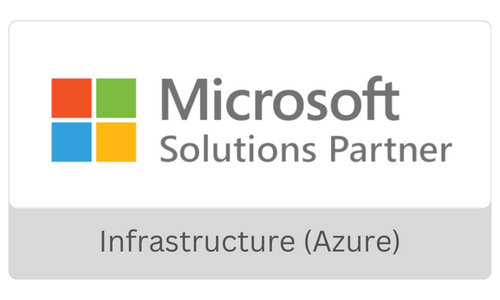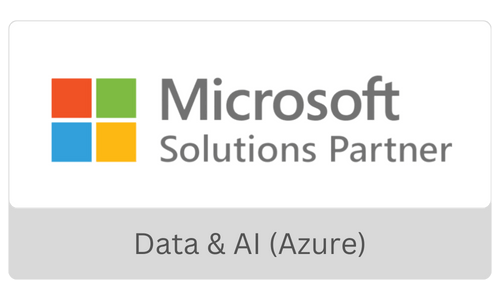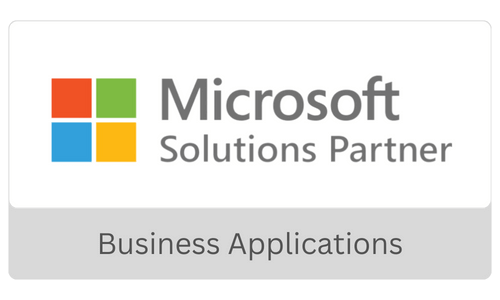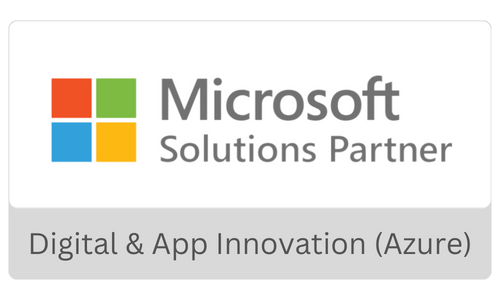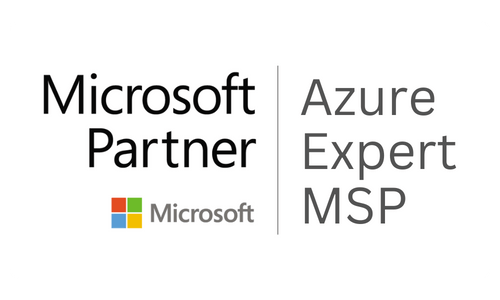The year 2023 marks the year when interoperability in the healthcare system is a priority. Before we delve into the topic, don’t you agree that the efficient and effective execution of high-quality healthcare is critical?
Just imagine healthcare professionals: What would it be like to sign into a single system and manage a patient’s data with a few simple clicks? No more spending hours combing over insurance claim forms, painstakingly updating charts, or comparing contradicting data to determine which version is accurate. Patient care, not paperwork, would be your primary duty once AI in healthcare boosts the interoperability services in healthcare system.
This can seem like a dream if you run or work in a regular hospital or clinic.
Unfortunately, this is not how most healthcare systems operate.
A complex ecosystem
Healthcare systems are renowned for being extremely complicated. The programs hospitals use to manage electronic health records, billing, payment, and insurance, to name a few, are examples of systems that draw from multiple sources simultaneously. It is uncommon for any two of these systems to function without error, let alone the entire suite.
A more significant issue arises if two hospitals want to connect to share information. It is because the two hospitals may have entirely different software systems to carry out the same tasks.
Even worse, most healthcare programs are closed, proprietary systems made available by various businesses. They don’t provide mechanisms to connect with other programs to sync information, nor do they have available APIs the hospital could use to construct connections. Hospital staff members are frequently forced to manually enter and update data in a single program at a time. AI in healthcare could bring significant improvement in the overall healthcare system.
Challenges in connecting the various systems
Savvy healthcare managers may urge Microsoft or Google to design a tailored solution for them, but this rarely succeeds. Due to patient safety and privacy concerns, even the ostensibly powerful tech firms are prohibited from accessing private healthcare networks. It is very challenging to link one system component with another unless you deal directly with the firm that created the program.
Most of these businesses are modestly sized, laser-focused firms that frequently receive several similar requests from hospitals. They typically handle these requests sequentially, have lengthy waiting lists, and have a constrained ability to create specialized solutions. And the cost will be enormous when they do.
Consequently, many hospital administrators are hesitant even to attempt to explore interoperability. This isn’t good because integrating these separate systems would expand the range of capabilities allowing for automation and workflow optimization. Because of this, we place a high priority on creating interoperability for healthcare programs. In this context, interoperability refers to the capacity to link all healthcare programs into a single focal point, either within a single hospital or between other facilities.
Connecting these disconnected systems will significantly expand functionality and pave the way for automation and workflow optimization.
How can you achieve interoperability altogether?
We can achieve interoperability in the healthcare system by building an abstraction layer on top of all proprietary systems. That would unify them into a single, cohesive entity without needing a back door into any of them. Thus, we can connect with each program using Robotic Process Automation (RPA) bots, push data into and extract data out as necessary; the RPA bots can easily move data between proprietary systems.
Healthcare workers can use a standard interface to control, sync, and, most significantly, automate each system under its umbrella rather than engaging with numerous distinct programs for various objectives. Implementing AI in healthcare and fully automating end-to-end procedures is possible by using this central management hub. Because of this central management center, automating complete end-to-end processes that would have otherwise been too complex and fragmented for standard automation is now possible.
Although some of the benefits of interoperability in the healthcare system are probably already clear, it’s useful to go into greater detail because this subject is so crucial. The following advantages may help you tilt the debate over whether your company should seek interoperability.
5 Benefits of Interoperability in the Healthcare System
Enhanced efficiency
To deliver high-quality care, healthcare professionals gladly spend numerous hours reading through patient files. However, the inefficiency of these manual tasks can tax employees and cause exhaustion, errors, and a lack of job satisfaction.
The enormous amount of paperwork often needed for administrative staff is reduced when all systems are combined into one practical interface, mainly if the system is then automated from that point on. As a result, worn-out employees won’t waste time manually inputting data, moving information between systems, verifying to make sure all systems have the most recent updates, or carrying out other tiresome chores. AI in healthcare can help enterprises automate multiple tasks.
Other tasks that you can automate include:
- Making payments
- Getting pre-authorizations
- Adding medical codes to patient files
- Arranging visits
- Filing insurance claims
Many other advantages on this list are directly related to the efficiency gains and automation made possible by interoperability.
Improved Patient evaluations
Thanks to connected systems, healthcare professionals will have access to all of a patient’s data in one location. As a result, there is a much lower chance of overlooking anything crucial that might have been updated in one system but not in another. Better diagnoses and therapies may result from this accurate representation of each patient’s data.
The hospital personnel can also spend more time connecting with each patient because they won’t have to manually update data or transfer information from one area to another. Staff is less likely to overlook critical details or major symptoms when there are higher interaction rates. Less time spent wading through endless, tiresome paperwork also means fewer chances for clerical mistakes brought on by repetition and exhaustion.
Ready to bring AI in healthcare?
Contact UsGood patient experiences
Spending more time with doctors can greatly improve a patient’s opinion of the hospital and the standard of their care. Patient confidence will increase, and they will be more willing to comply with pre-procedure and after-care protocols if a doctor talks with the patient and their family members, discussing diagnosis, treatment options, and procedure details. This complements the first point, increasing the likelihood of a positive outcome.
Interoperability makes it easier for patients to access their medical records and communicate with clinicians more readily. Additionally, it gives them better access to doctors. For instance, if the records system, which also interfaces with billing and insurance, is linked with the scheduling system, what can the patient expect? They may be able to schedule appointments online, get real-time updates on test results or insurance authorizations, and generally stay closer to their doctors.
Cost savings
Time is money, as the adage goes. Interoperability can result in considerable financial savings for hospitals since it dramatically increases productivity. Savings can be enormous just by easing the administrative strain on workers.
Inconsistencies between different programs can also lead to medical errors, which can reduce malpractice costs and the need for repeated tests or operations. Combining records into one system can prevent these inconsistencies.
Better Population Health
If multiple hospitals connect their internal systems, sharing patient data between systems becomes significantly simplified. Beyond the obvious advantage of reduced difficulty for patients moving records to an out-of-network hospital, doctors can spot population-level health trends and emerging patterns.
If two hospitals in different sections of the same state could instantly communicate their data, similar outbreaks could be discovered and managed considerably more promptly. Similarly, hospitals in various regions may identify whether a specific demographic started developing high rates of illness, cancer, heart disease, or other problems. Health administrators might recognize and stay on top of emerging issues before they typically make the press because of interoperability and communication between healthcare organizations.
How can we help?
You can easily attain interoperability for your healthcare system. Saxon professionals will be more than delighted to assist you in the journey. Get in touch with us to find out more about our Intelligent Automation services tailored according to your needs. You can gain access to improved productivity, automation, and more.

